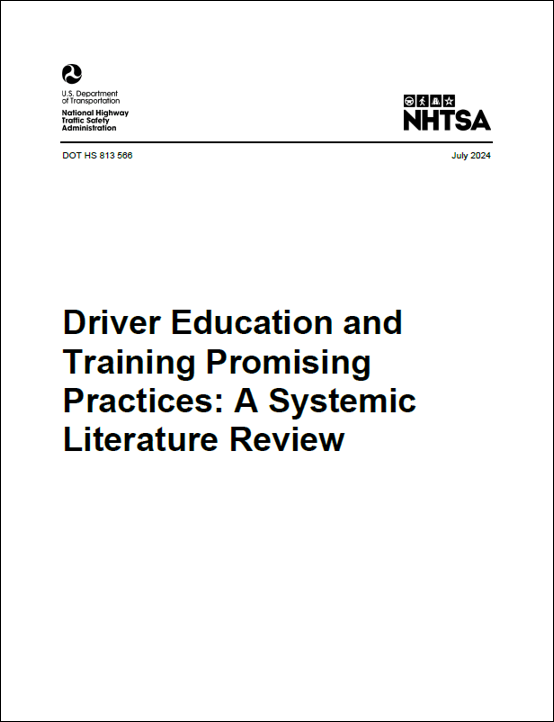Authors
St. Louis, R.; Mercer, B.; Eby, D.
Publisher
National Highway Traffic Safety Administration
Website Section
Driver Behaviors
Method
Case study
Abstract
This report contains the results of a series of a case study examining the roles, strategies, resources, and arguments states have used in efforts to pass primary belt laws. In-depth information was gathered from 10 states that passed their laws in 2004 to 2009 (Tennessee, South Carolina, Alaska, Mississippi, Kentucky, Maine, Minnesota, Arkansas, Florida, and Wisconsin). The researchers conducted a literature review to provide background on the legislative histories of passing primary safety belt laws and to identify people and topics for subsequent interviews. More than 80 in-depth interviews were conducted with a variety of people who played key roles in the legislative process. Results revealed the issues important in passing a primary seat belt law included: understanding that passing a primary law is a multi-year effort involving a broad-based network of organizations and individuals working in the unique political situation in the State; identifying and effectively responding to opposition arguments; engaging the media to enlist and report on public support; presenting the bill in terms of a public health issue to save lives.
Reference
St. Louis, R.; Mercer, B.; Eby, D. (2011) Documenting How States Recently Upgraded to Primary Seat Belt Laws. DOT HS 811 524. Washington, D.C.: National Highway Traffic Safety Administration.
Related Topics
Safety belt, seat belt, occupant, protection, law
Documenting How States Recently Upgraded to Primary Seat Belt Laws







